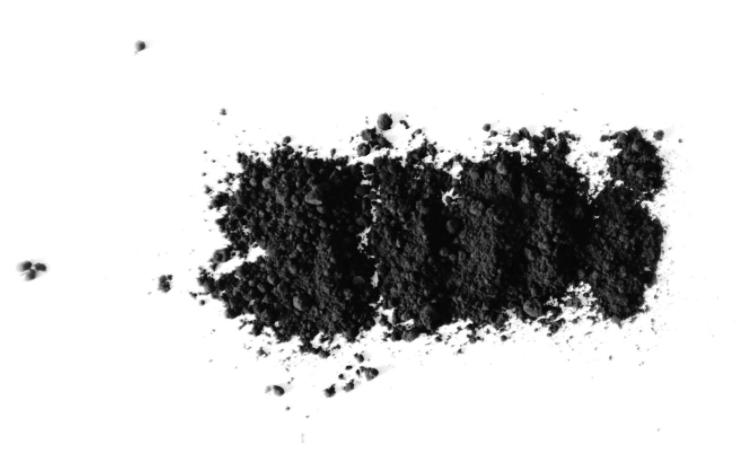Carbon Water Filters

Carbon filters are an essential element in decontamination processes. They are the primary purification agent in the majority of water treatment technologies.
A carbon filter system is made from activated charcoal. It is highly porous with impeccable absorption capabilities, allowing water to pass through while it sieves out debris, particles, bacteria, gases, and vapours.
How do carbon water filters work?
Charcoal filters for water act like magnets. They attract pollutants onto their surface, firmly holding them in place as water goes through. Additionally, they will initiate chemical reactions when they contact chemicals used at treatment plants, neutralizing them instantly.
However, one cartridge can only do so much.
Over time water filters cartridges will soak in lots of impurities. This decreases its filtration efficacy, and, in turn, some pollutants might make their way past the cartridge. Sometimes, the dirt in the cartridge will dislodge into the water, contaminating it.
For this reason, the importance of conducting carbon filter replacements cannot be over-emphasized. To ensure you don’t drink up hazardous contaminants, you need to change the cartridge twice every year or after dispensing the number of gallons your fridge’s manufacturer stipulates.
Contaminants that charcoal filters can remove
Some of the pollutants that your charcoal cartridge can eliminate include:
- Microscopic particles such as sand, rust, silt, dirt, iron fillings, oils and dust.
- Chlorine
- Radium
- Lead
- Arsenic
- Chemicals
- Gases
However, you need to note that not all cartridges will eliminate these toxins from your water. You need to find the right purification system for your home’s needs.
Get your tap water tested to ensure you understand the exact impurities it contains.
If, for instance, you realize water that flows into your home contains PFAS, purchasing a reverse osmosis (RO) system is an excellent choice. RO systems are widely known for their efficacy in eliminating PFAS, leaving you with decontaminated contents that are safe for your whole family.
Differences between activated and catalytic carbon?
Both activated and catalytic carbon are excellent mediums that will improve the taste of water while eliminating any foul odours present. However, they differ in a few ways, which include:
- Catalytic carbon will eliminate hydrogen sulphide and chloramine at a higher capacity than activated charcoal cartridges
- Active carbon filters are only ideal for cartridges, while their counterparts are designed for special carbon filters
- Catalytic filters will eliminate or reduce the number of trihalomethanes and volatile organic compounds better
- Activated carbon is less expensive
- Catalytic filters can be reactivated through a process known as thermal regeneration, making them reusable
Types of carbon filters for water systems
Two of the most popular carbon filters include:
- Granular activated carbon (GAC)
These are made of loose activated carbon filter elements. One of their profound benefits is they have great adsorption capabilities. They also offer a faster filtration process as water seamlessly flows through.
- Carbon block
There are finer granules of carbon hard-pressed to form a block. Since it is a chunk, it has a broader surface compared to GACs but slightly restricts water flow. However, this gives it impressive adsorption capabilities.
When purchasing this type of filter for water systems, be keen on its micron rating. A small rating means that the carbon block is made from more refined and more compressed granules - meaning better filtration but a slower flow.
- Radial flow GAC
This carbon water filter cartridge combines the GAC and carbon blocks working mechanism. They are made into a block in order to achieve a larger surface area, but they contain granules that allow water to flow through at speeds similar to GACs.
Where to install this filter?
For proper water filtration with charcoal, installing your sediment water filter cartridges at the right spot is of the utmost importance.
You can install them at the point of entry (POE) for starters. This means mounting it at your home’s main water inlet. One notable advantage of installing at the POE is it purifies all the water going into your home. Be it in the kitchen or washrooms, you are assured of water that is free from disease-causing microorganisms.
Another place you can mount your cartridge is at the point of use (POU). Unlike POE, this particular installation is more specific. For instance, you can install an under-sink purification tank or use unique faucets with filtration capabilities in your kitchen sink. Additionally, cartridges found in your refrigerator’s dispenser fall under this category.
Whether to mount your cartridge at the point of entry or point of use depends on your unique purification needs.
For example, if you just need pure drinking and cooking water, both would be a great choice. However, installing at the point of entry would be excellent if you not only want to access clean contents but also want to minimize plumbing issues that result from a buildup of minerals and metals. The same applies if you want to ensure the longevity of your showerhead and other appliances by preventing an accumulation of limescale.
Filterway is an online website where you can buy a replacement carbon filter ideal for your appliance. We sell genuine NSF certified cartridges in retail or bulk. Contact us today to place your order.
FAQ














